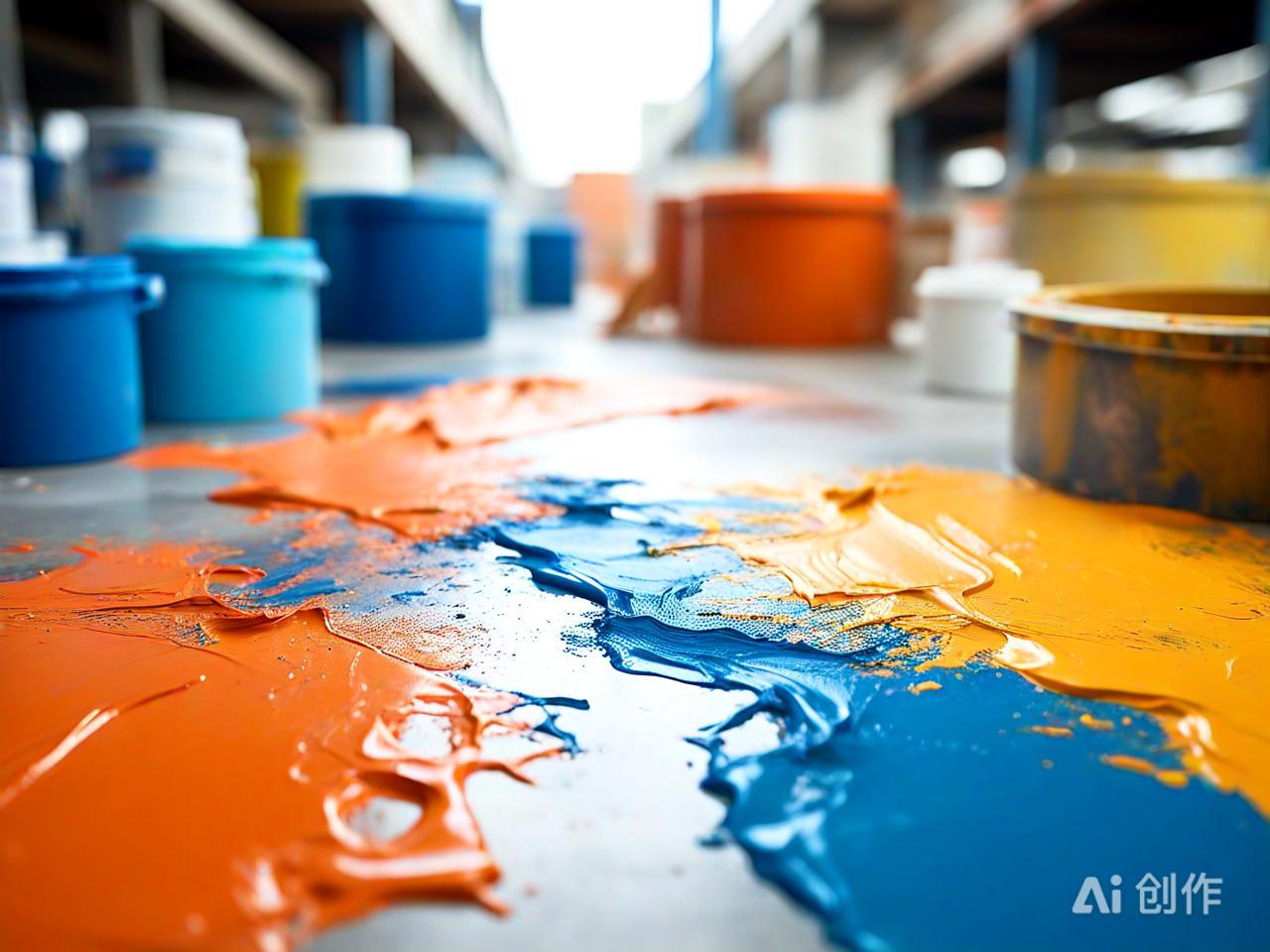Key Inspection Items for Fireproof Coatings on Steel Structures
Ensuring the effectiveness of fireproof coatings on steel structures requires thorough inspection and testing. These coatings are critical for delaying the temperature rise in steel during a fire, maintaining structural integrity, and ensuring safety. This article outlines the key inspection items for fireproof coatings on steel structures, helping you verify their performance and compliance with standards.
1. Coating Thickness
Importance:
The thickness of the fireproof coating directly affects its fire resistance performance. Insufficient thickness can compromise the coating’s ability to protect the steel.
Inspection Method:
Use a dry film thickness (DFT) gauge to measure the coating thickness.
Ensure the thickness meets the design specifications and manufacturer’s recommendations.
Standard:
ASTM D7091 (Standard Practice for Nondestructive Measurement of Dry Film Thickness of Nonmagnetic Coatings Applied to Ferrous Metals and Nonmagnetic, Nonconductive Coatings Applied to Non-Ferrous Metals).
2. Adhesion Strength
Importance:
Proper adhesion ensures the coating remains intact and effective during a fire. Poor adhesion can lead to delamination and failure.
Inspection Method:
Perform adhesion tests using methods such as cross-cut testing (ASTM D3359) or pull-off testing (ASTM D4541).
Verify that the adhesion strength meets the required standards.
Standard:
ASTM D3359 (Standard Test Methods for Rating Adhesion by Tape Test).
3. Surface Appearance
Importance:
The surface appearance can indicate the quality of the application and the presence of defects that may affect performance.
Inspection Method:
Visually inspect the coating for uniformity, smoothness, and absence of defects such as cracks, bubbles, or peeling.
Use magnification tools if necessary to identify minor imperfections.
Standard:
ISO 4628 (Paints and varnishes – Evaluation of degradation of coatings).
4. Fire Resistance Performance
Importance:
The primary function of fireproof coatings is to provide fire resistance. Testing ensures the coating meets the required fire resistance rating.
Inspection Method:
Conduct fire resistance tests in accordance with relevant standards, such as ASTM E119 or BS 476.
Verify the coating’s ability to delay the temperature rise in steel during a fire.
Standard:
ASTM E119 (Standard Test Methods for Fire Tests of Building Construction and Materials).
5. Curing and Drying Time
Importance:
Proper curing ensures the coating achieves its full performance potential. Inadequate curing can lead to reduced effectiveness.
Inspection Method:
Monitor the curing process and ensure it adheres to the manufacturer’s guidelines.
Perform hardness tests (e.g., pencil hardness test) to verify curing.
Standard:
ASTM D3363 (Standard Test Method for Film Hardness by Pencil Test).
6. Environmental Resistance
Importance:
Fireproof coatings must withstand environmental conditions such as UV exposure, humidity, and temperature fluctuations.
Inspection Method:
Conduct accelerated weathering tests (e.g., QUV testing) to evaluate the coating’s resistance to UV and moisture.
Inspect for signs of degradation, such as chalking, fading, or cracking.
Standard:
ASTM G154 (Standard Practice for Operating Fluorescent Ultraviolet (UV) Lamp Apparatus for Exposure of Nonmetallic Materials).
7. Compatibility with Substrate
Importance:
The coating must be compatible with the steel substrate to ensure proper adhesion and performance.
Inspection Method:
Verify that the coating is suitable for the specific type of steel and surface preparation used.
Conduct compatibility tests if necessary.
Standard:
ISO 12944 (Paints and varnishes – Corrosion protection of steel structures by protective paint systems).
8. Documentation and Compliance
Importance:
Proper documentation ensures traceability and compliance with relevant standards and regulations.
Inspection Method:
Review the product data sheets, application records, and inspection reports.
Ensure the coating meets local building codes and fire safety regulations.
Standard:
Local building codes and fire safety regulations.
Conclusion
Inspecting fireproof coatings on steel structures involves a comprehensive evaluation of thickness, adhesion, surface appearance, fire resistance, curing, environmental resistance, and compatibility. By adhering to relevant standards and conducting thorough inspections, you can ensure the effectiveness and longevity of the fireproof coating. Regular monitoring and maintenance are essential to maintain the coating’s performance and ensure the safety of the structure. Invest in high-quality fireproof coatings and professional inspection to safeguard your steel structures and achieve optimal fire resistance.





